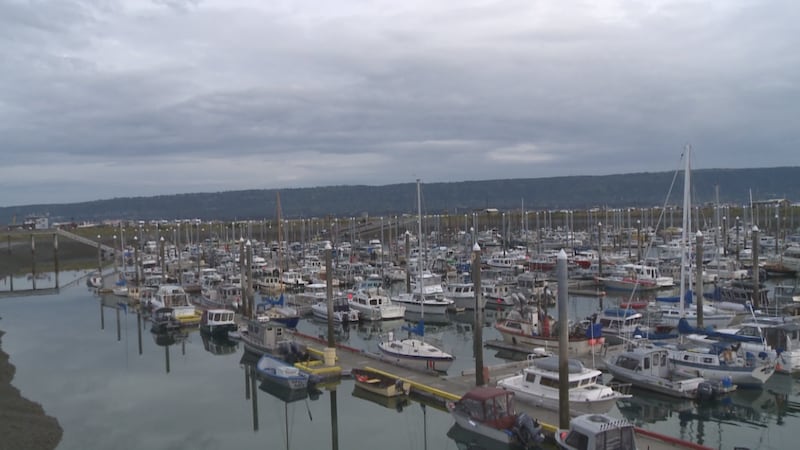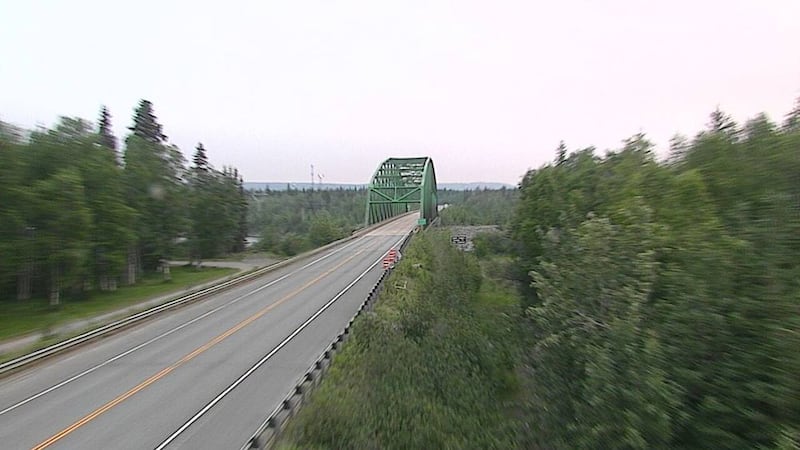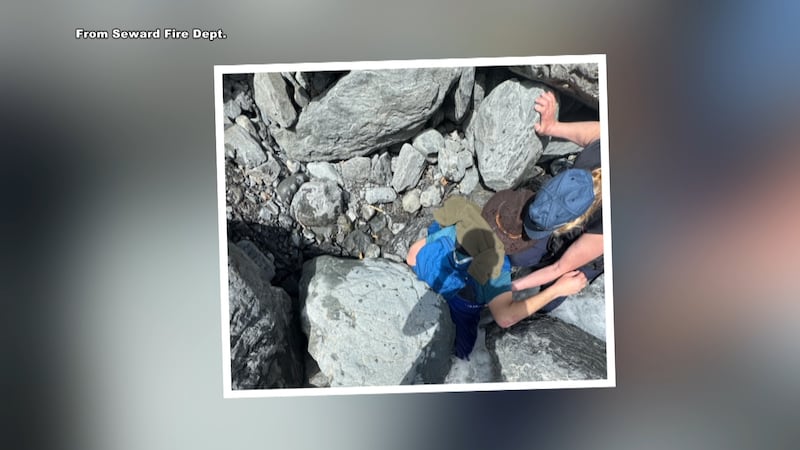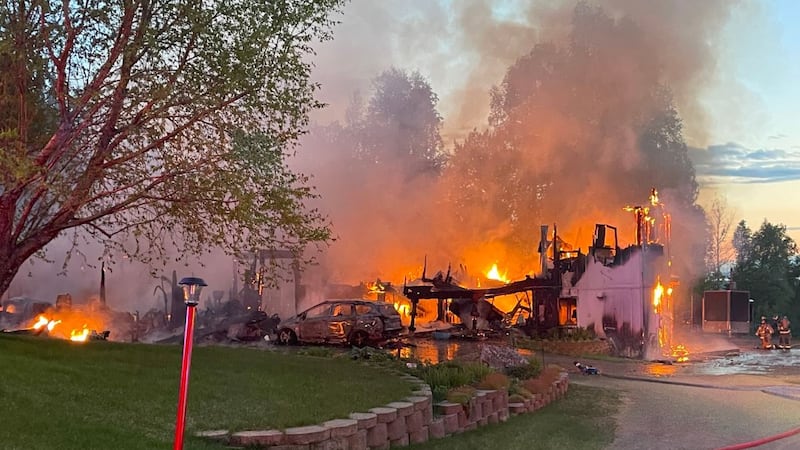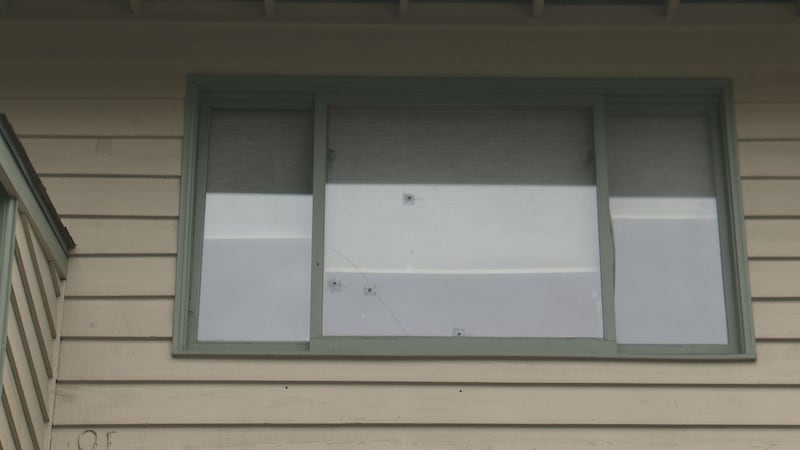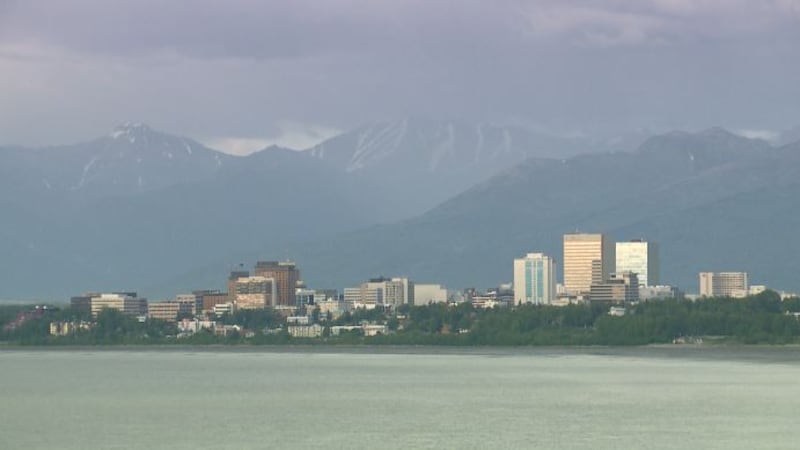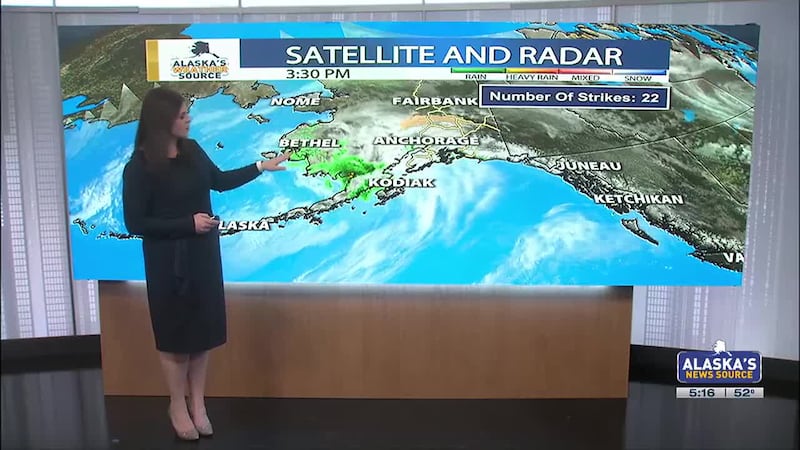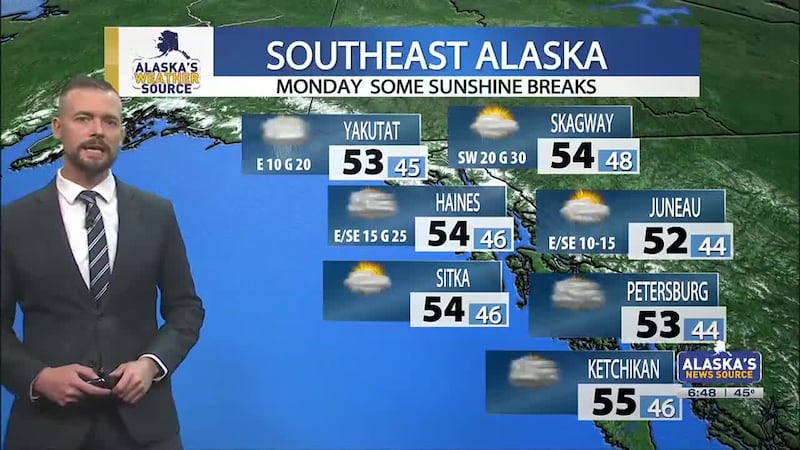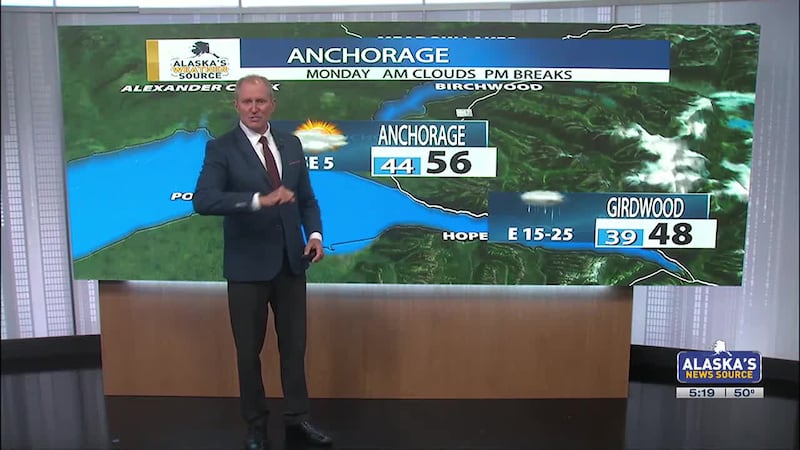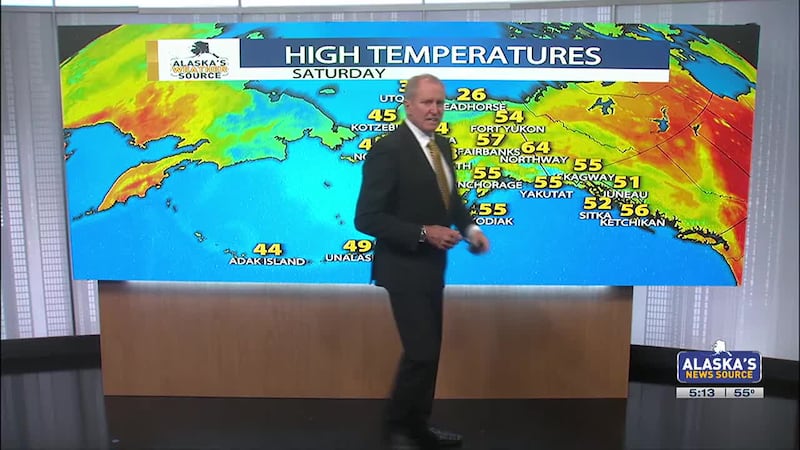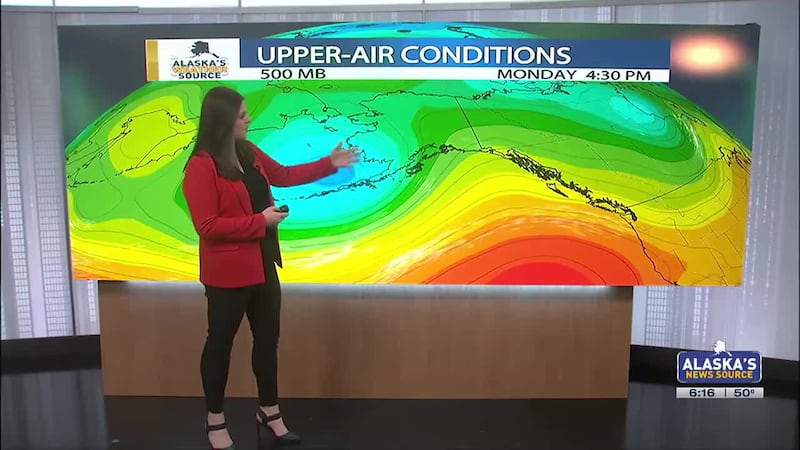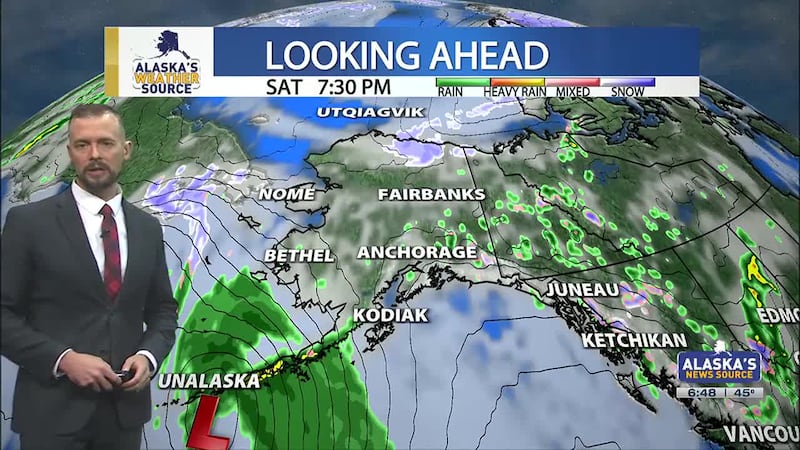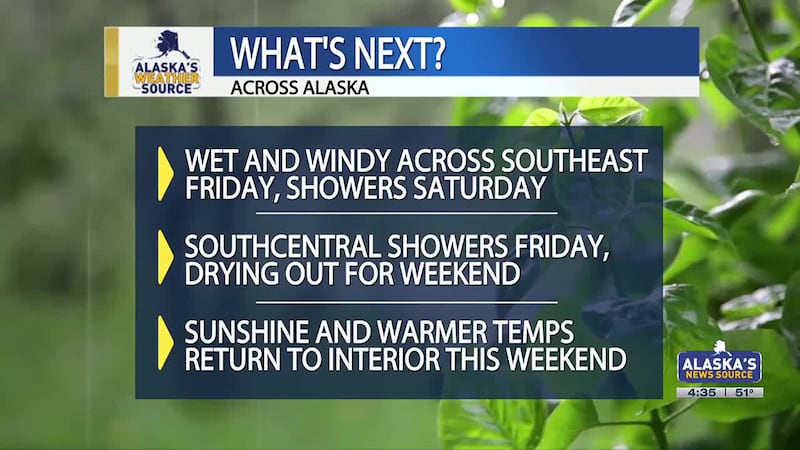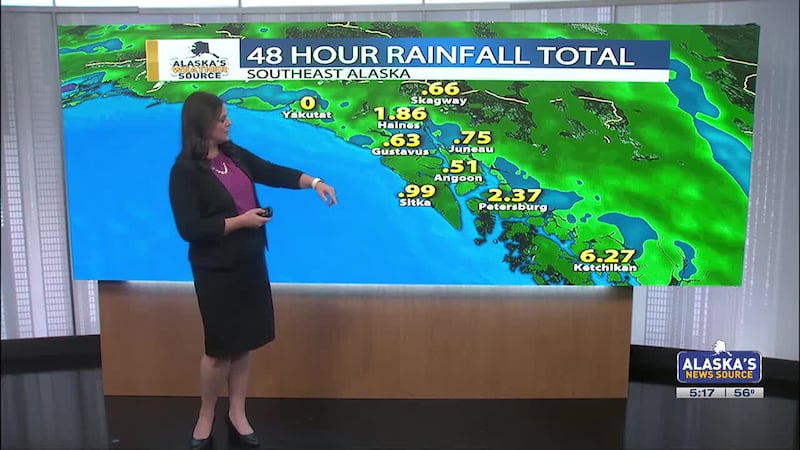Volcano Watch: Remembering 1992, seeing the ash plume up close
Volcanologist who captured video of 1992 Mount Spurr eruption from plane tells his story
ANCHORAGE, Alaska (KTUU) - August 18, 1992, was a cloudy day in Anchorage, now-retired Volcanologist Game McGimsey recounted, and that weather shaped the outcome of his evening.
It was late afternoon by the time the Alaska Volcano Observatory — where he worked at the time — started getting calls from the Federal Aviation Administration saying pilots were reporting something was going on at Mount Spurr.
Knowing it had been nearly two months since Spurr last erupted, the scientists went to the machine where the seismic signals were recorded, “and we didn’t see anything,” he said. Earthquakes near the volcano can be a sign of activity.
“The last eruption had been June 27, and this was Aug. 18,” McGimsey said.
Everything before that moment had pointed toward the eruption being over, because that’s what happened in 1953, the last time Mount Spurr erupted, he said. There had only been one eruption, and scientists thought that would be it.
“It was really kind of unusual that we began getting these calls late on the afternoon of Aug. 18.”
The acting scientist-in-charge asked McGimsey to get a plane to fly to the volcano to see if something was really happening.
It was late in the day by this point, likely between 4 p.m. and 5 p.m. The only staff at the observatory were the ones working the eruption, he said.
McGimsey walked down the hall looking for someone to go with him.
“I asked several people who said that they really couldn’t go. I asked some of the branch of Alaskan geologists if they would like to go, nobody really wanted to go. So, one of the water resources hydrologists was walking down the hall, and I asked him if he would go, and he said sure. I gave him a camera,” McGimsey said.
He also came across a woman, Susan, who was at the observatory to pick up her husband.
“I said, ‘Susan, would you like to go?’ She said sure. So, I put a camera in her hands,” he said.
The three packed up and made their way to the plane, not knowing they were moments away from witnessing history.
“As we were running down the runway at the airport, I got a phone call from the staff at AVO that said that there was now confirmation that there was an eruption in process,” McGimsey said.
Since it was a cloudy day in Anchorage, Spurr was not visible from across Cook Inlet, but the trio was in the air, still with no idea of exactly what they were headed toward.
“We popped up above the regional cloud layer. And that’s where my video of that day begins: with us seeing this enormous eruption cloud,” McGimsey said. “And then as we traverse more to the north, we begin to see the eruption column coming out of Crater Peak.”

“It’s hard to explain how spectacular that was to be in that plane. Being a volcanologist, eruptions are where we really get our energy from,” McGimsey said.
“Just seeing it was like, ‘Oh my gosh,’ you know, ‘this is a big eruption.’ It seemed like a bigger eruption than I’d seen during the 1989-90 Redoubt eruptions. There was a lot of them, but they were fairly small compared to this.”
McGimsey said looking back, it feels like a once-in-a-lifetime opportunity.
“I had a 39-plus year career with the USGS — 29 of that with the Alaska Volcano Observatory — and that has got to be the highlight day of my whole career."
But ash and aircraft engines don’t mix, and McGimsey thought about that while witnessing Mount Spurr’s power close up.
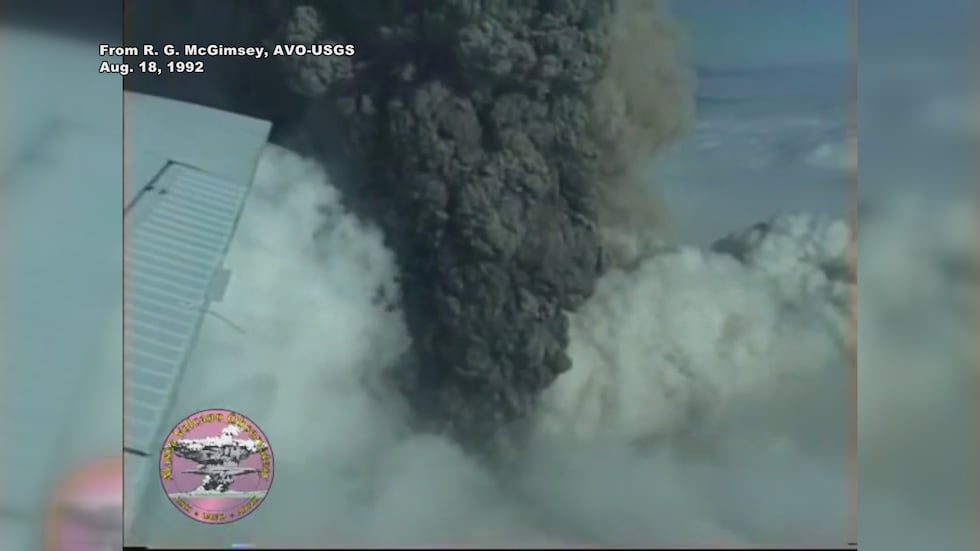
“When we were over there, I can remember thinking that, ‘My gosh, we’re very close to this eruption column, and as long as things don’t change or escalate, we’re okay,” he said. “But if this eruption were to go much larger, we would perhaps, potentially be in harm’s way, but once we did a couple of traverses, I felt comfortable, and we had a really good pilot and we were upwind.”
They stayed in the air as long as they could, arriving back to the ground about 30 minutes before the ashfall hit Anchorage and the airport closed, and they headed back to the office.
After returning to the observatory, McGimsey — along with others — worked a few more hours before heading home. But he made sure to snap photos of cars covered in ash, which are preserved on the AVO website.
“One of them is mine,” he said. ”And then there’s one that’s white. And that was Tina Neal’s station wagon,” he said. Tina also worked in the building.

Now more than 32 years later, he reflected on that day and the weeks before and after the eruption.
“It was an exhilarating time,” he said.
He was involved in pre-eruption activities as well. Two weeks before the eruption, McGimsey rappelled down a snow slope to Crater Lake to take water and temperature samples.
“Then, just two weeks later, the whole thing erupted and changed the scenery over there completely,” McGimsey said.
He looked back on the fact that just days before the eruption, he was in an area the volcano’s eruptive force would soon destroy.
“The thought’s gone through my mind many times that, you know, how fortunate I was that it didn’t erupt,” he said.
“We have really great seismologists and they’re really good at their job, and they would have alerted us not to go near it if they thought that that the eruption was imminent,” he said. “It was a fairly safe time to be down there.”
He also helped collect ash after the eruption and worked on many studies afterward.
“It was a great eruption to be a part of,” he said.
As a new Mount Spurr eruption is now likely, he has a message to people in the Anchorage area.
“I’d tell them not to be afraid. The Anchorage area is susceptible only really to an ashfall, and a fairly minor ashfall at that,” he said.
“If it’s a clear day, it’s going to be spectacular. Get your cameras out,” he said with a chuckle.
See a spelling or grammar error? Report it to web@ktuu.com
Copyright 2025 KTUU. All rights reserved.
